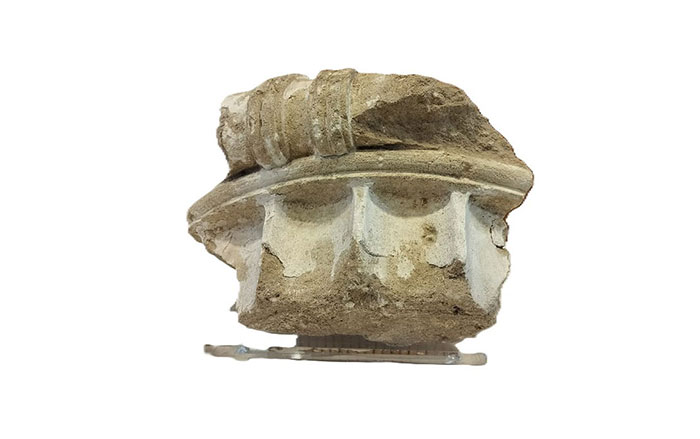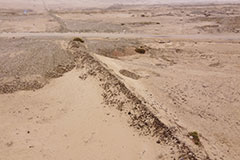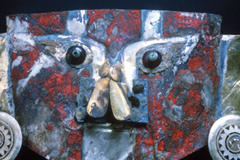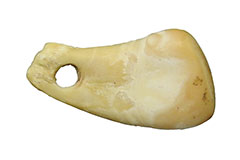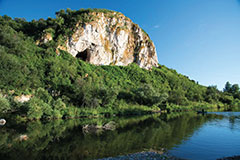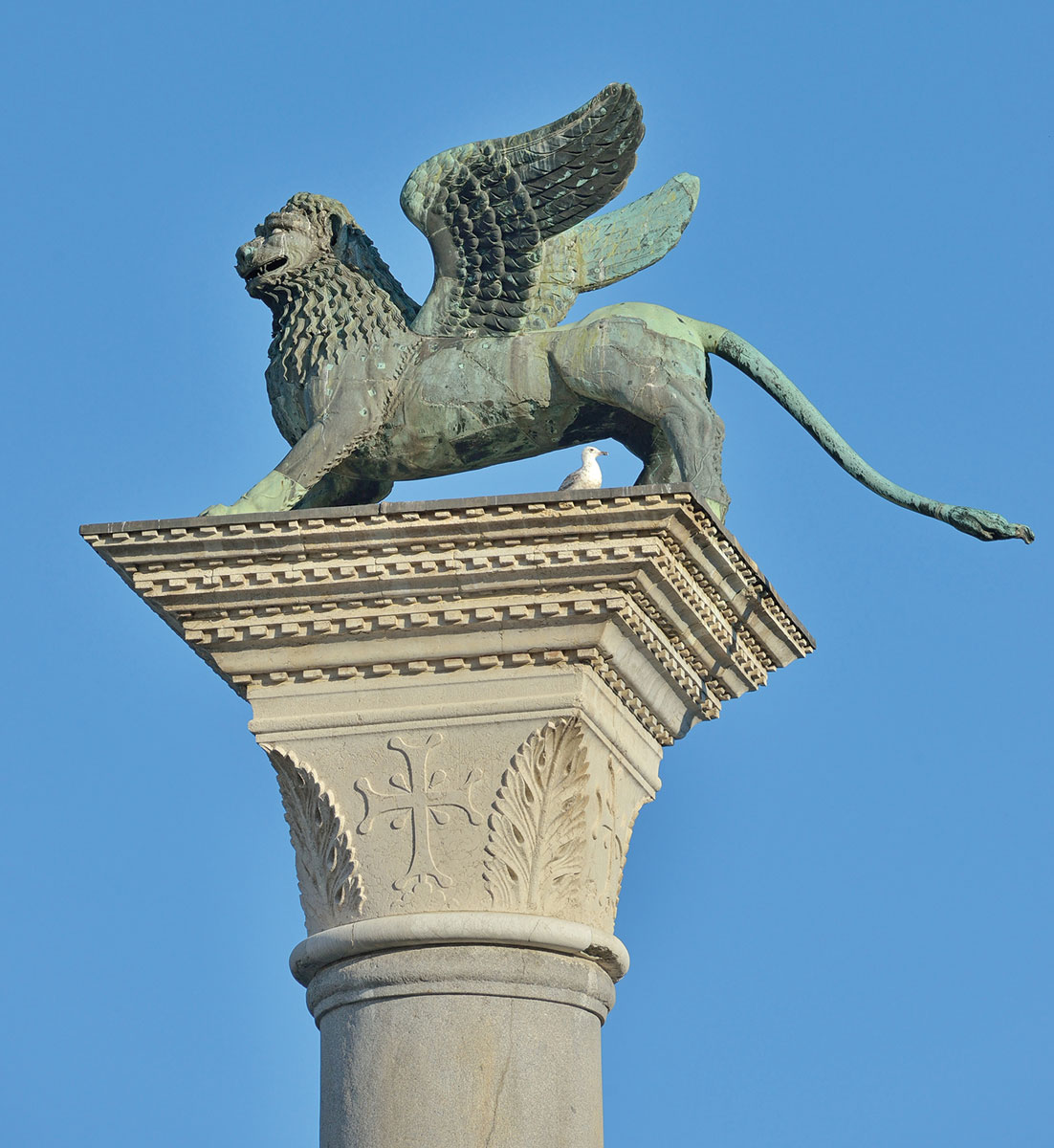-
Features
Secrets of the Seven Wonders
How archaeologists are rediscovering the ancient world's most marvelous monuments
 © The Trustees of the British Museum
© The Trustees of the British Museum -
Features
Acts of Faith
Evidence emerges of the day in 1562 when an infamous Spanish cleric tried to destroy Maya religion
 Adriana Rosas/Alamy
Adriana Rosas/Alamy -
Features
How to Build a Medieval Castle
Why are archaeologists constructing a thirteenth-century fortress in the forests of France?
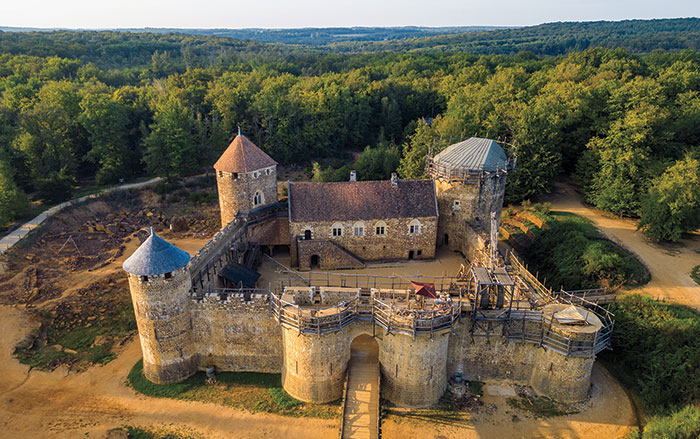 © D. Gliksman
© D. Gliksman -
Letter from Greece
Searching for Washingtonia
How archaeologists located a forgotten nineteenth-century utopian community
 Albert Sarvis
Albert Sarvis
Trending Articles
-
Features September/October 2025
How to Build a Medieval Castle
Why are archaeologists constructing a thirteenth-century fortress in the forests of France?
 © D. Gliksman
© D. Gliksman -
Off the Grid November/December 2025
Bighorn Medicine Wheel, Wyoming
 Lee Rentz/Alamy
Lee Rentz/Alamy -
Features May/June 2021
Last Stand of the Hunter-Gatherers?
The 11,000-year-old stone circles of Göbekli Tepe in modern Turkey may have been monuments to a vanishing way of life
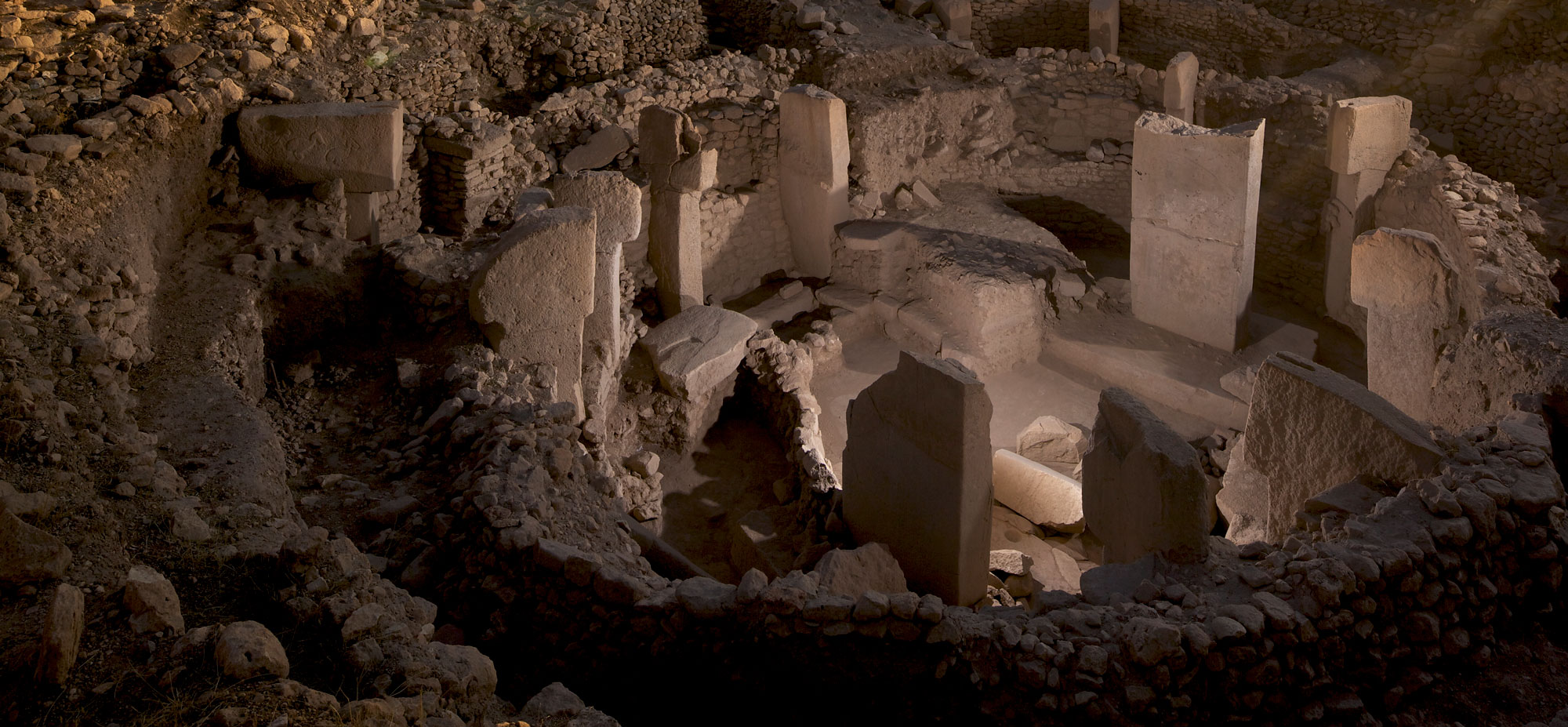 (Vincent J. Musi)
(Vincent J. Musi)
-
Features March/April 2024
Discovering a New Neolithic World
Excavations in southeastern Turkey are revolutionizing how archaeologists understand the monumental achievements of hunter-gatherers
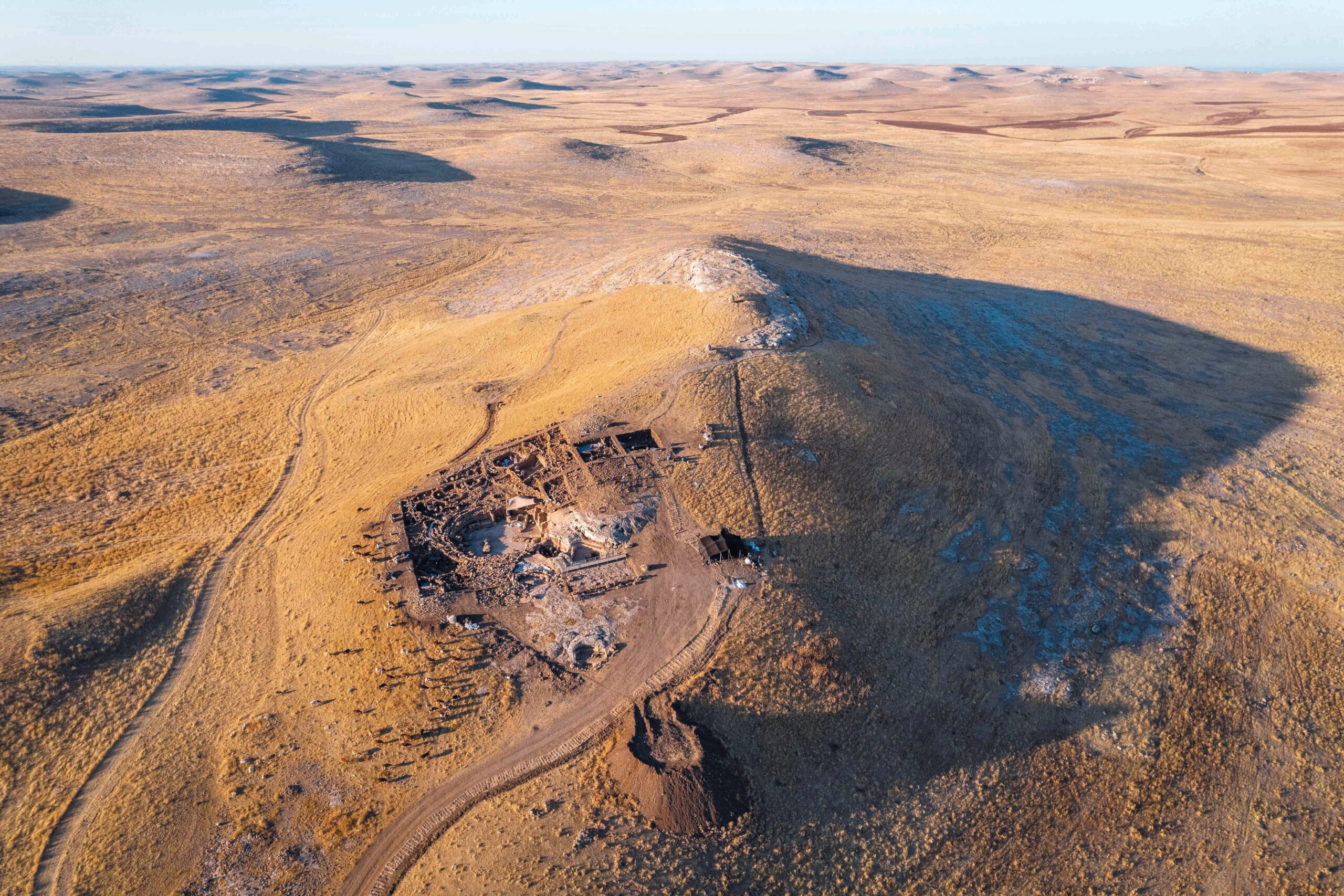
-
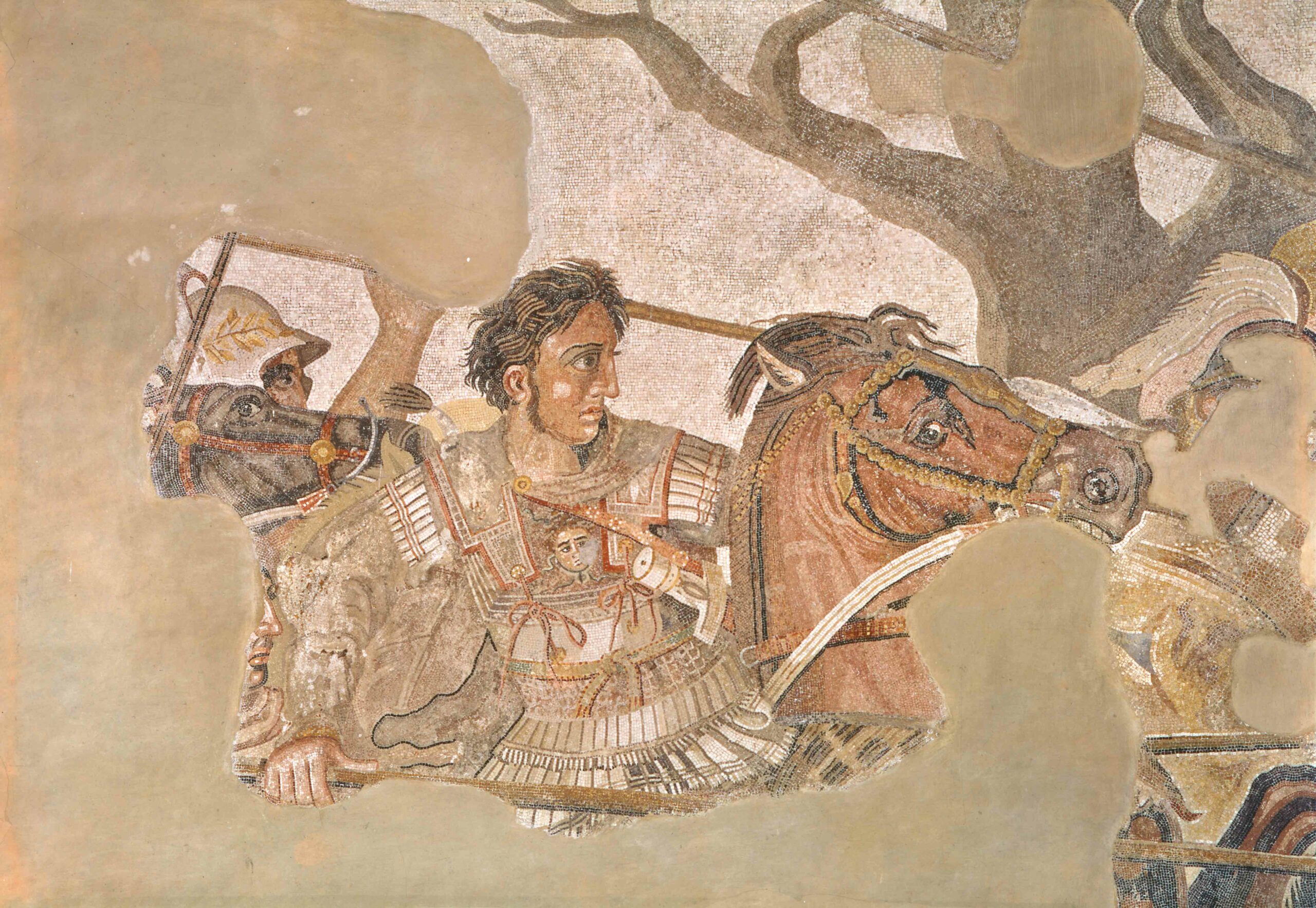 (Scala / Art Resource, NY)
(Scala / Art Resource, NY) -
Features March/April 2022
Exploring Notre Dame's Hidden Past
The devastating 2019 fire is providing an unprecedented look at the secrets of the great cathedral
 (Patrick Zachmann)
(Patrick Zachmann) -
Features July/August 2021
The Ugarit Archives
Thousands of cuneiform tablets written in a distinctive script tell the dramatic story of a Bronze Age merchant city in Syria
 (Dick Osseman/ Wikimedia Commons)
(Dick Osseman/ Wikimedia Commons) -
Features November/December 2022
Magical Mystery Door
An investigation of an Egyptian sacred portal reveals a history of renovation and deception
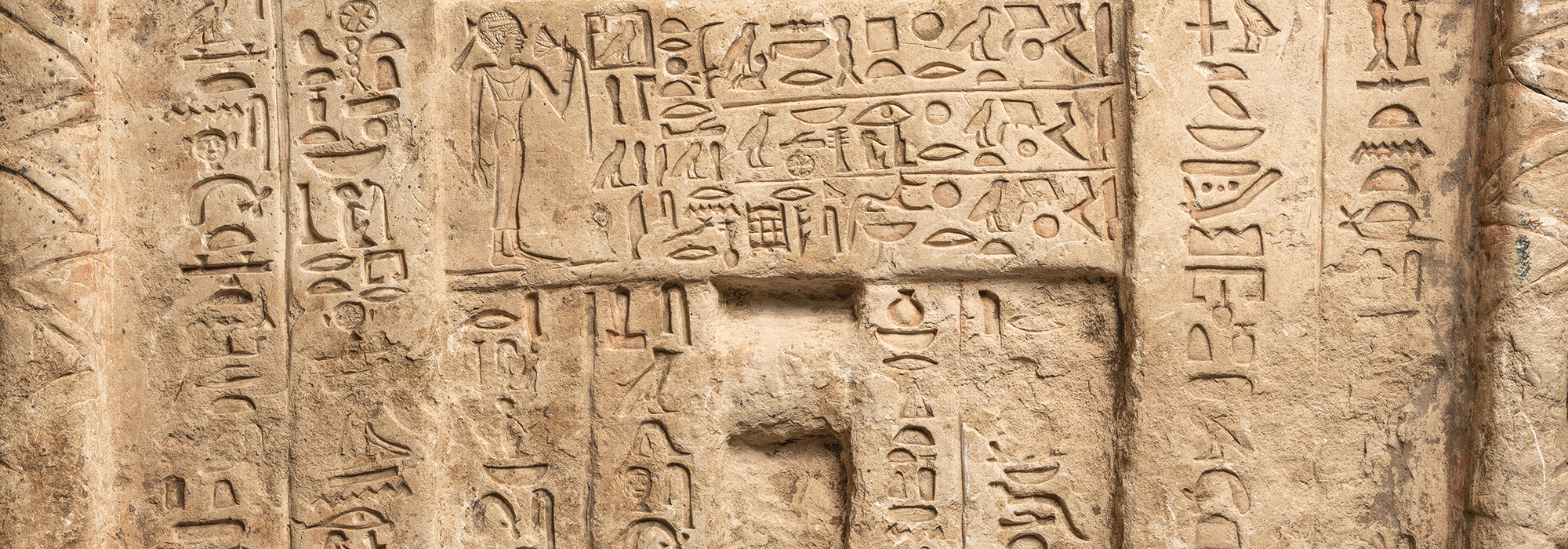 (© The Fitzwilliam Museum, Cambridge)
(© The Fitzwilliam Museum, Cambridge)
Around the World
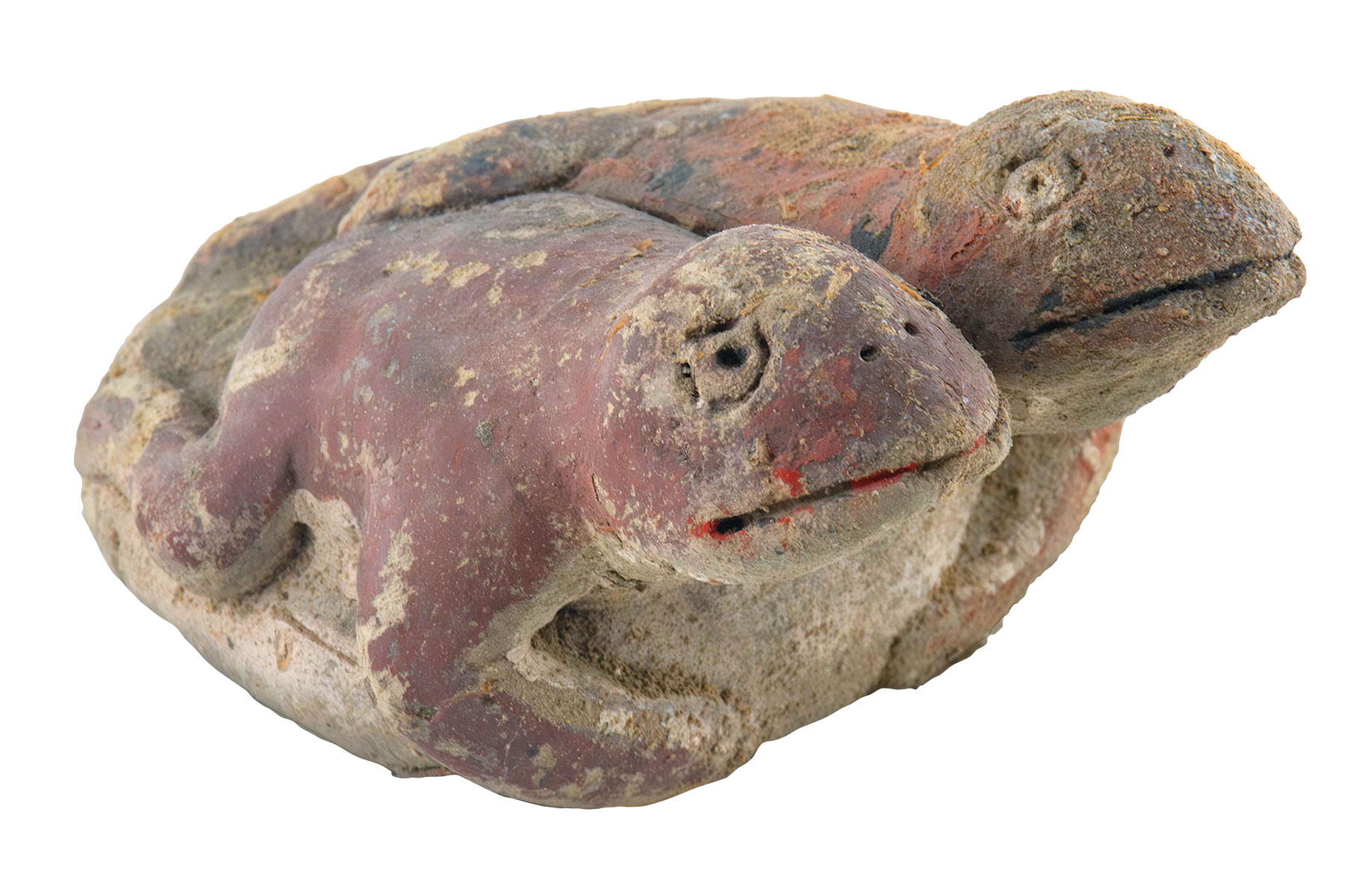
PERU
A one-of-a-kind clay figurine depicting conjoined frogs found at the site of Vichama may represent evidence of a looming crisis faced by the Caral civilization 3,800 years ago. In Andean culture, these amphibians were associated with water, rainfall, and rejuvenation. It’s likely that when the 5-inch-long statuette was created, local communities were suffering from an unstable climate. The small object may have been used in ceremonies to invoke frogs’ role as conjurers of rain and balance.
Related Content
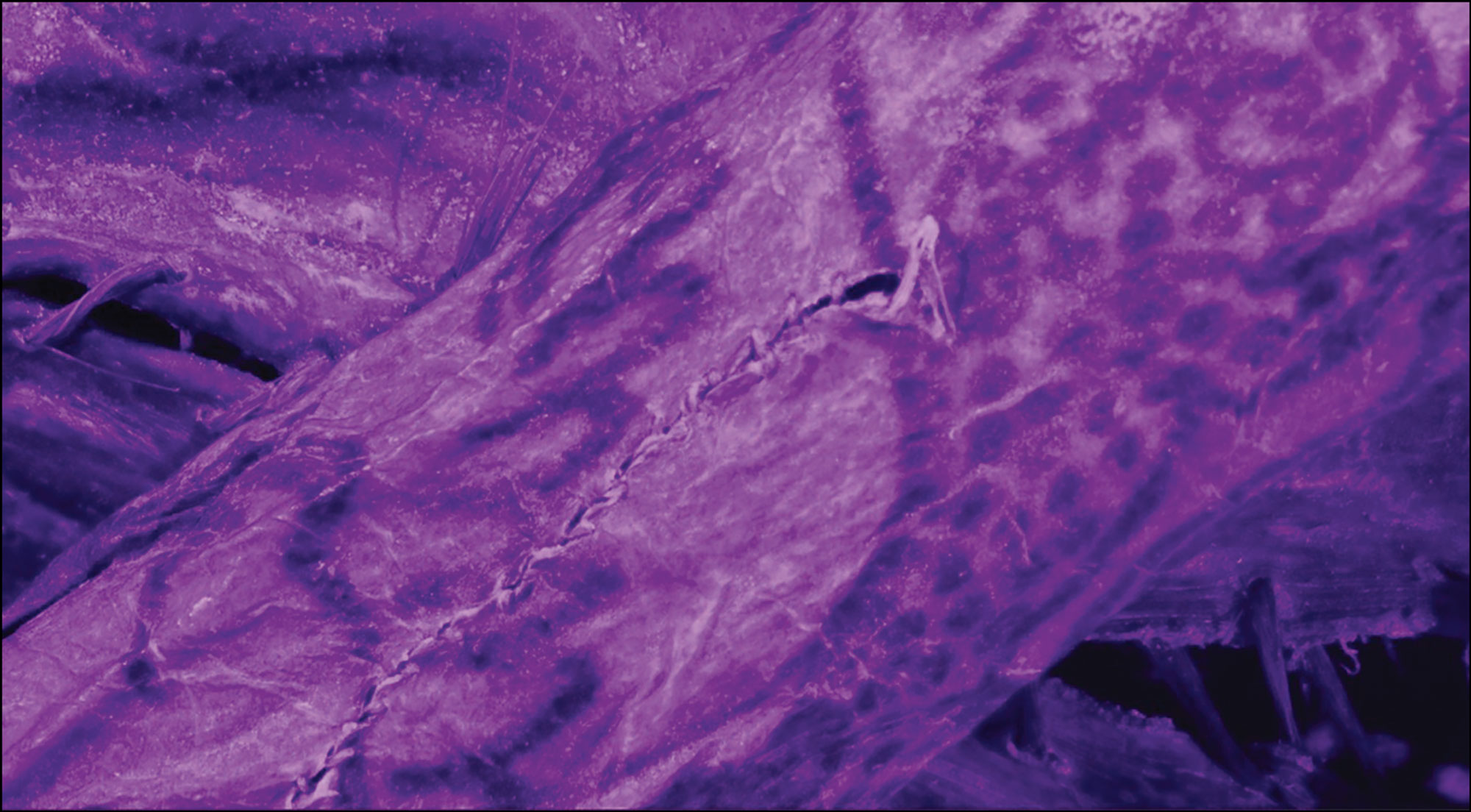
RUSSIA
High-resolution imaging has exposed previously invisible tattoos on the frozen remains of a woman buried in Siberia’s Altai Mountains. The 50-year-old woman was a member of the nomadic Pazyryk culture, which inhabited the Eurasian steppe around 2,500 years ago. Scans revealed that her arms were covered in elaborate fighting scenes that included leopards, tigers, and stags. The complex designs were executed with such skill that today’s tattoo artists would surely admire their predecessors’ talents.
Related Content
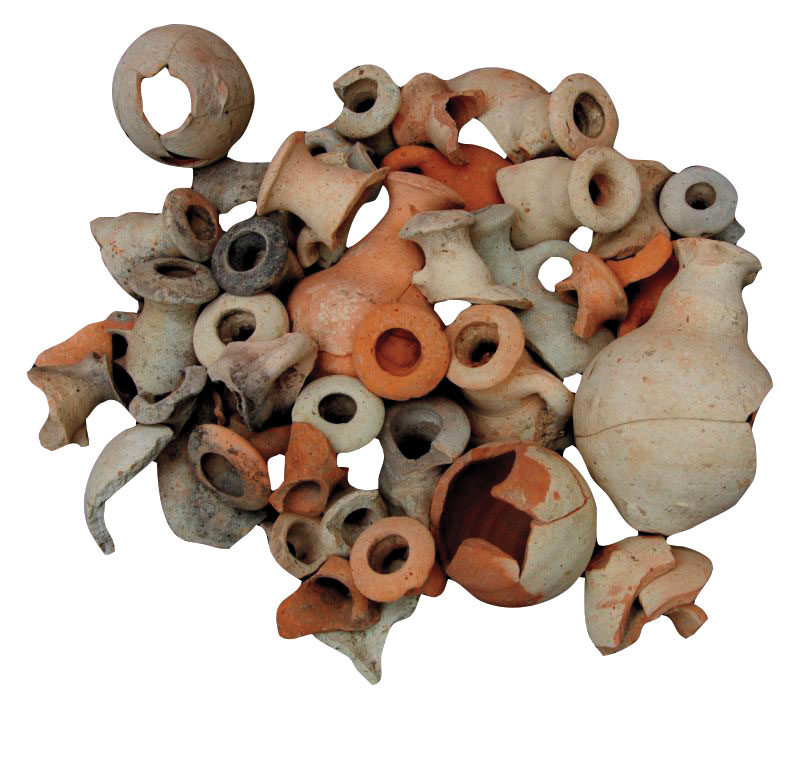
ITALY
When the Phoenicians explored the Mediterranean Sea in the 1st millennium b.c., founding new settlements in far-off lands, they brought the familiar scents of home with them. A study of 51 ceramic bottles found in the Phoenician city of Motya on San Pantaleo Island revealed that all were made in the Phoenician homeland, in present-day Lebanon, between the 8th and 6th centuries b.c. Residue analysis identified the essential components of fragrant oils, suggesting that Phoenician sailors used the bottles to carry perfumes on their trips abroad.














